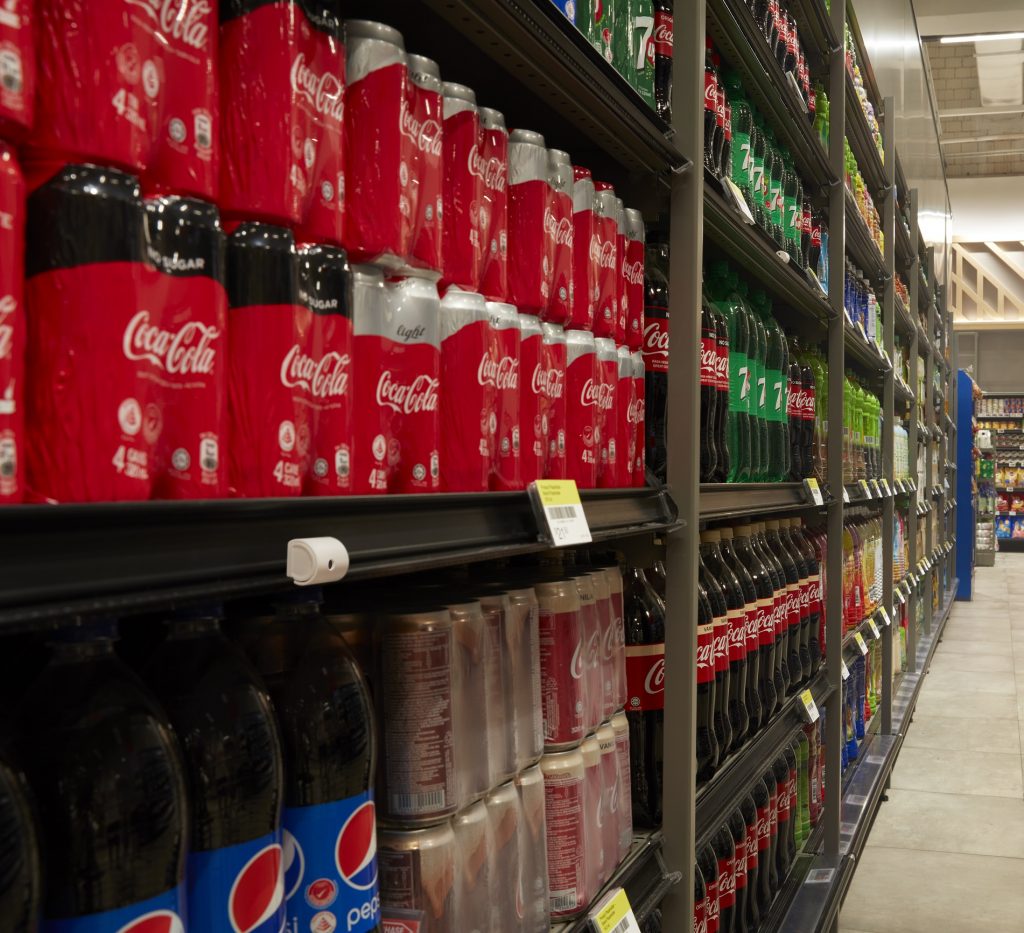How retailers can ensure shopper retention in the omnichannel era
The growing online shopping industry has accelerated exponentially in the pandemic era. Today, buying household essentials at the tap of a mobile button is the norm. This market, which previously saw only 3.25% of total food and beverage retail sales, is projected to hit 21.5% by 2025. The surge in online stores with faster delivery services, integrated apps, and other lower entry barriers has also made e-grocery more competitive. This means that traditional grocery retailers and supermarkets who can’t keep their customers happy risk losing them altogether.
So, how can retailers ensure customer satisfaction and keep them coming back? A new study suggests that the solution lies in creating a holistic, omnichannel experience.

Understanding customers’ pet peeve: product unavailability
A collaborative study conducted by Trax and research company, Lucid, found that online shoppers have one particular frustration — product availability, or, rather, the lack thereof. In fact, the study found that four out of the top seven factors that influence shoppers’ decision on where they shop are related to product availability. The research found that 65% of consumers sometimes or often don’t find a specific product they want online, which results in an unpleasant customer experience.
Product availability is high on the list of priorities for most shoppers, to a point that it is placed above delivery costs. This claim is backed by the study with Lucid, where 41% of respondents said they’ve abandoned their carts when they found too many missing products, while 40% claimed that they would go to a different physical store. Meanwhile, 33% of those surveyed said they would go to a different online grocer altogether. This shows how under-delivery can easily become a turning point for shoppers, who would easily take their wallets to a competitor. Forward-thinking stores are being proactive and doing the research and development necessary to bring in, delight and keep their online customers.
The solution: technology that ensures OSA by keeping an eye on shelves
Instead of worrying about managing customer complaints arising from product unavailability or substitution, retailers can ensure better on-shelf availability (OSA). In fact, a high level of OSA has shown to increase sales by 1% to 3%, and decreases costs by boosting picking rates by up to 20%.

Trax’s computer vision- (CV) and artificial intelligence-based (AI) solutions help companies maximize OSA. Trax Retail Watch generates accurate SKU level availability data that can also be integrated with e-commerce systems to provide real-time inventory information to shoppers to better manage expectations and avoid dissatisfaction. More specifically, Retail Watch shows shoppers the true inventory while they’re filling up their carts, so they have full visibility on product availability. Additionally, it also gives stores an effective monitoring and alerting system for out-of-stock (OOS) items, helping them better maximize product availability for customers and increase efficiency of online grocery pickers.
Why the alternative — substitution — may not be suitable for customers or retailers
When people go grocery shopping in a physical store, if the exact product they want isn’t available they might find an alternative themselves. However, with online platforms, customers don’t get to see and evaluate their options for substitution. This makes the shopper more unaccepting of substitutes, more frustrated with OOS, and increasingly more likely to find alternative shopping experiences.
In the Lucid research, only 21% of respondents said they were happy to let the store pick a substitute for them, and 54% would accept substitutes only if the store checked with them first for confirmation. However, 21% of shoppers said they would not accept any substitutions, making them more likely to receive partial orders. On the retailer’s end, substitutions are both a cause for higher returns and can result in slow picking rates. It’s clear that this strategy isn’t ideal for either shoppers or retailers.
The solution is for consumers to know up-do-date, true inventory, for retailers to further automate the stocking process, and for pickers to spend less time finding substitutions. Similar to tasks performed by full-time employees, Retail Watch checks shelves for low supply and misplaced items. When stocks are out or low, the technology automatically triggers an order for replenishment. Using shelf cameras, image recognition, and app-based alerts, retailers can get real-time visibility on their stock levels anytime, from anywhere. This means that retailers can replenish shelves quicker, dropping OOS rates by more than 30%. Retail Watch can also guide pickers to the exact location of the items in the store, saving pickers time and the retailers costs associated with online order fulfillment.
Meanwhile, Trax Dynamic Merchandising powered by Flexforce provides a localized, on-demand workforce. If a retailer or brand discovers low stock availability during an expected surge period (promotional or seasonal), the Trax Flexforce can quickly ensure products are available in-store, and in the right spot.
Customer loyalty is key to survive in the competitive online grocery landscape. In the post-pandemic environment, however, retailers can create more repeat, consistent customers by prioritizing availability, access and convenience. And the more seamless the in-person-to-online omnichannel experience, the stronger the customer loyalty. To learn more about the key digital challenges facing grocery retailers and how Trax can help, read our whitepaper: Winning the online grocery race.



